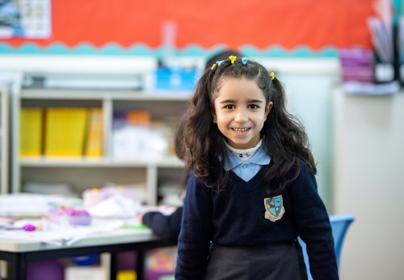Playful pedagogy is an essential approach in early childhood education, focusing on learning through engaging and enjoyable activities. This method is particularly effective for children from birth to age five, as it fosters creativity, curiosity, and social skills.
In our settings, we create an environment that encourages exploration and imagination. For our youngest learners, sensory play is a key component. Activities such as water play, sand exploration, and messy art allow infants and toddlers to engage their senses, stimulating cognitive development while having fun. These experiences not only enhance fine motor skills but also promote problem-solving as children figure out how to manipulate different materials.
As children grow, we introduce role-playing and storytelling. These activities encourage self-expression and language development. For instance, puppet shows and dress-up areas enable children to immerse themselves in different roles and scenarios, helping them understand emotions and social interactions. Engaging in these imaginative play scenarios fosters empathy and improves communication skills, essential for their social development.
Children benefit from project-based activities that promote collaboration and critical thinking. Group art projects and cooperative games encourage teamwork and allow children to express their ideas creatively. By providing materials for construction, drawing, and crafting, we help them build essential fine motor skills and the ability to share and work together. These experiences cultivate a sense of community and belonging among peers.
Parents can support playful pedagogy at home by engaging in simple, everyday activities. Nature walks, where children collect leaves and stones, or creating a family storybook can enrich their learning experience. Observing a child’s interests and encouraging imaginative play can lead to wonderful discoveries and deepen their connection to learning.
By embracing playful pedagogy, we craft meaningful experiences that lay the foundation for lifelong learning. Together, we can nurture our children's love for exploration and creativity during these formative years, ensuring they develop into confident, curious learners ready to take on the world.

Pre-Nursery has been busy sorting big and small shoes and ordering them from the biggest to the smallest. We have continued to read Pete the Cat and His New White Shoes, and the children have thoroughly enjoyed the story while exploring different colours. They have created patterns and loved using ukuleles, just like Pete the Cat, to sing his catchy songs.
This week, Nursery combined two interests: insects and the ocean. We read two delightful stories, What the Ladybird Heard and What the Ladybird Heard at the Seaside, which the children loved. They particularly enjoyed the ladybird's clever plans to stop the robbers. Our creative table was vibrant with red and black as the children painted their own ladybirds, carefully counting and adding the perfect number of spots. It was wonderful to see their pride in their creations.
During carpet time, we played 'I Spy' to explore sea animals and enhance our descriptive language. The children used exciting words like 'shiny', 'wavy', and 'bumpy' to describe colourful fish and other sea creatures.
This week in Reception, our outdoor garden has been thriving, with plants growing and attracting a variety of insects and tiny creatures. The children have loved exploring for caterpillars, larvae, ants, woodlice, and especially snails, which have been a topic of fascination. We read the story of Snail and the Whale, by Julia Donaldson, which led to discussions of friendship and a love for exploration. The children also wrote descriptions of the main characters, using their phonics skills to express their thoughts. In Maths, we continued our exploration of maps, creating our own maps of the outdoor environment, which helped enhance their understanding of spatial awareness and navigation.
Sioned Jones
Head of Early Years




